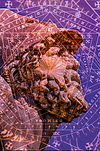The Continuing Rise and Potential of Non-Fungible Tokens in the Contemporary Creative Arts
$23 billion worth of NFT market was traded and market capitalization reached an all-time high of $82 billion, trends that expected to continue.
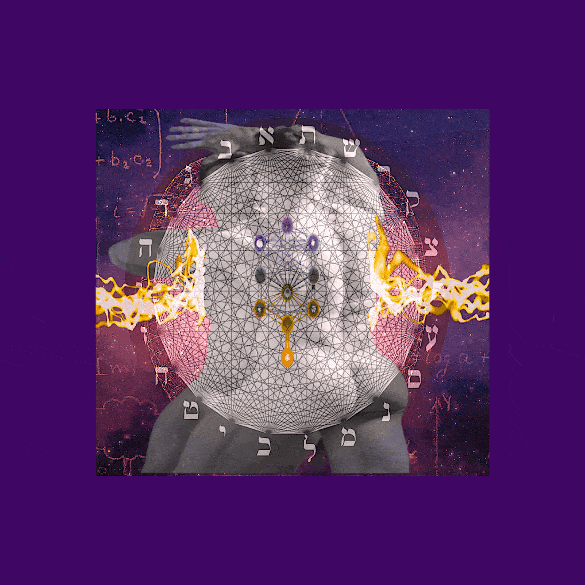
The factors that make a contemporary piece of art a hit with the public can vary widely depending on the audience and the context of the artwork. However, some factors that can contribute to the success of contemporary art include:
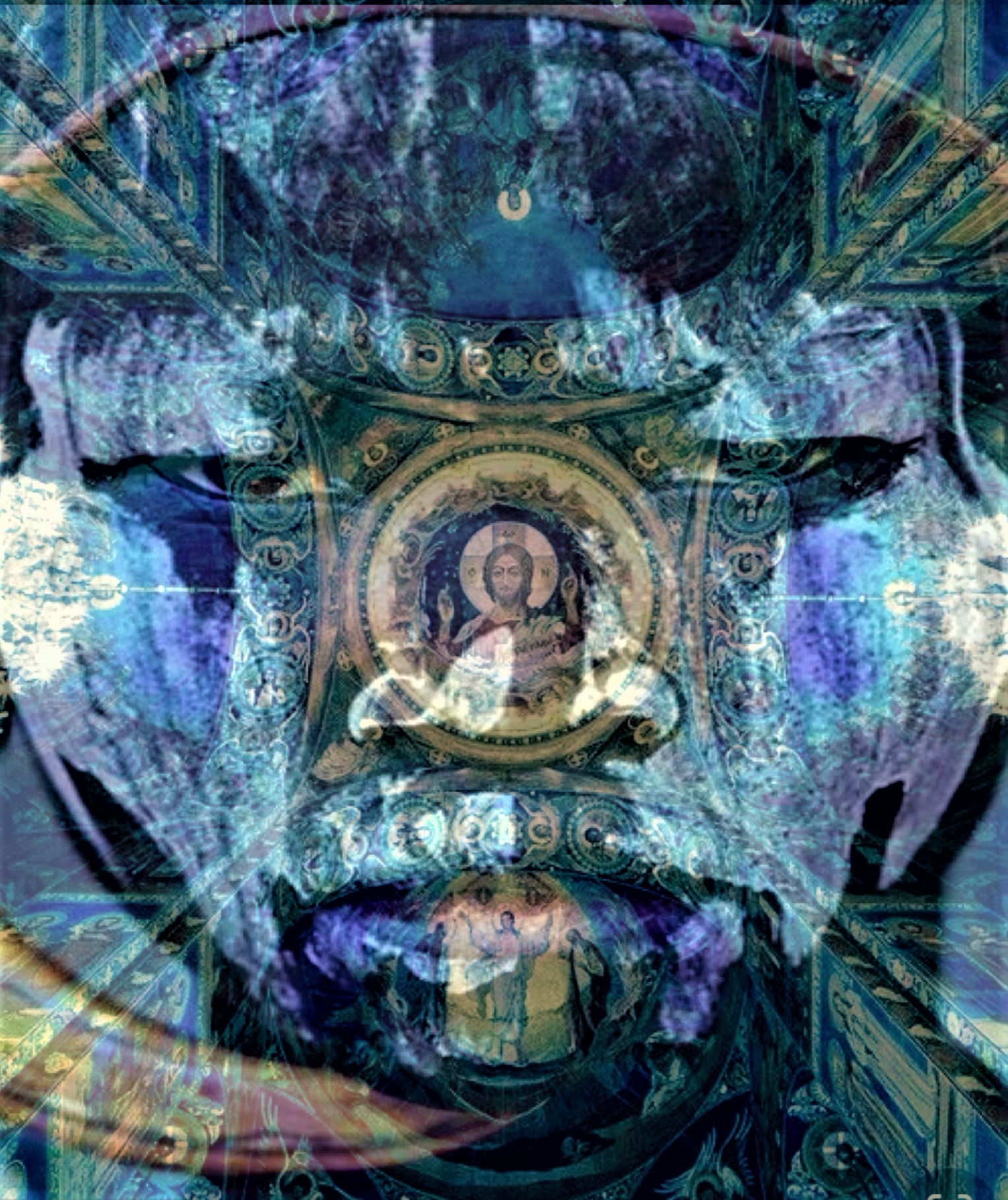
Originality: Contemporary art that offers a fresh perspective or unique interpretation of a theme or subject matter can appeal to the public. People are often drawn to art that challenges expectations or offers something new and unexpected.
Emotional Impact: Art that evokes a strong emotional response, whether joy, sadness, awe or some other emotion, can be very successful with the public. Art that speaks to people on a deeper level or touches them in a personally very memorable and impactful way.
Visual Appeal: Contemporary art is visually stunning or engaging art that is very popular with the public. This can include art that is aesthetically pleasing, colourful, or intricate.
Relevance: Art that speaks to current events or issues can be very successful with the public. Art that addresses current topics that speak to the human experience meaningfully can resonate deeply with viewers as we move towards a new Singularity moment with the Cosmos in 2030.
Accessibility: Contemporary art that is accessible and easy to understand can be very popular with the public. Art that is approachable and that people can relate to personally can be very successful, especially if visually appealing or emotionally impactful.
Overall, the success of a contemporary piece of art with the public can depend on a wide range of factors, from originality to emotional impact to accessibility. However, modern art that is innovative, visually engaging, emotionally impactful, and relevant to people's lives can often be very successful and resonate deeply with viewers.
Non-fungible tokens, or NFTs, have taken the blockchain and crypto world by storm. The rise of the crypto-collectibles market in 2021 led to an explosion in the market for NFTs, which quickly grew in trading volume and market capitalization. Despite the remarkable growth, there are concerns over the sustainability of the NFT market, with critics raising questions about the hype curve and potential for speculation driving trading volumes higher than the actual mass adoption rates of the public. Daily involvement in the sphere enables Claude Edwin Theriault of MBF-Lifestyle Creative Studio to take a closer look at the potential and challenges of NFTs, exploring both the positive and negative aspects of this rapidly growing market.
The Continuing Rise and Potential of Non-Fungible Tokens
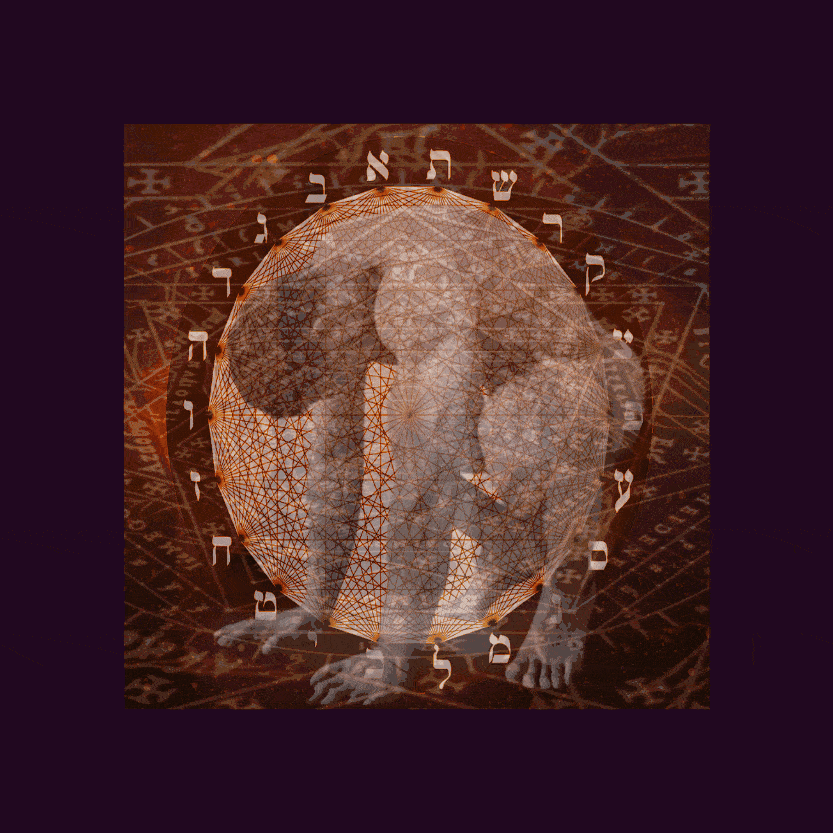
In 2021, $23 billion worth of the NFT market was traded, and market capitalization reached an all-time high of NFT market change. Market capitalization reached an all-time high of $82 billion, establishing market trends expected to continue the market surge through the rest of 2023. The Ethereum-based platform of Opensea saw more than half of that sales traffic. Hence, innovative Canadian contemporary artists in the know use the platform for their intellectual content to be deployed in the infinite and secure blockchain tech offers.
In 2021 alone, the NFT market traded over $23 billion worth of assets, while market capitalization reached an all-time high of $82 billion. These figures demonstrate how rapidly the NFT market is expanding, with projections indicating that its growth will continue through the rest of 2023. Despite the remarkable growth, concerns over the NFT market's sustainability exist. Critics argue that the market may be on a hype curve, with trading volumes driven more by speculation than actual adoption rates.

Nonetheless, advocates for NFTs argue that the technology's applications go beyond gaming and entertainment, providing opportunities for diversification and added stability in smart contracts related to artists' intellectual property.
They are giving the creative arts community revenue, which is rightfully theirs. NFTs have been around since 2014, but the technology only gained flight in 2021, thanks to the rise of the crypto-collectibles market. Since then, the market has expanded rapidly, but concerns about its sustainability remain, particularly given the potential for speculation driving higher volumes.
Such is the case in all new emerging technologies of every century, from the printing press to radio to ERC-1155 smart contracts; there has always been an adoptive curve where the technology settles in with culture and society.
To achieve stability and avoid obscurity, the NFT market must either narrow its focus or diversify, according to advocates and critics, or it will lose its path. People must understand NFTs better to promote mass adoption, essential to long-term growth. Aside from gaming and entertainment, NFTs' potential applications present an opportunity for diversification and added stability, which could help sustain the market's growth.
Furthermore, the development of blockchain technology provides a secure and efficient platform for NFTs, eliminating fraud and double-spending risks. As a result, blockchain is becoming increasingly popular for non-fungible digital assets like cryptocurrencies, collectibles, and art. Therefore, NFTs are most likely here to stay, and the market is primed for further growth and evolution.
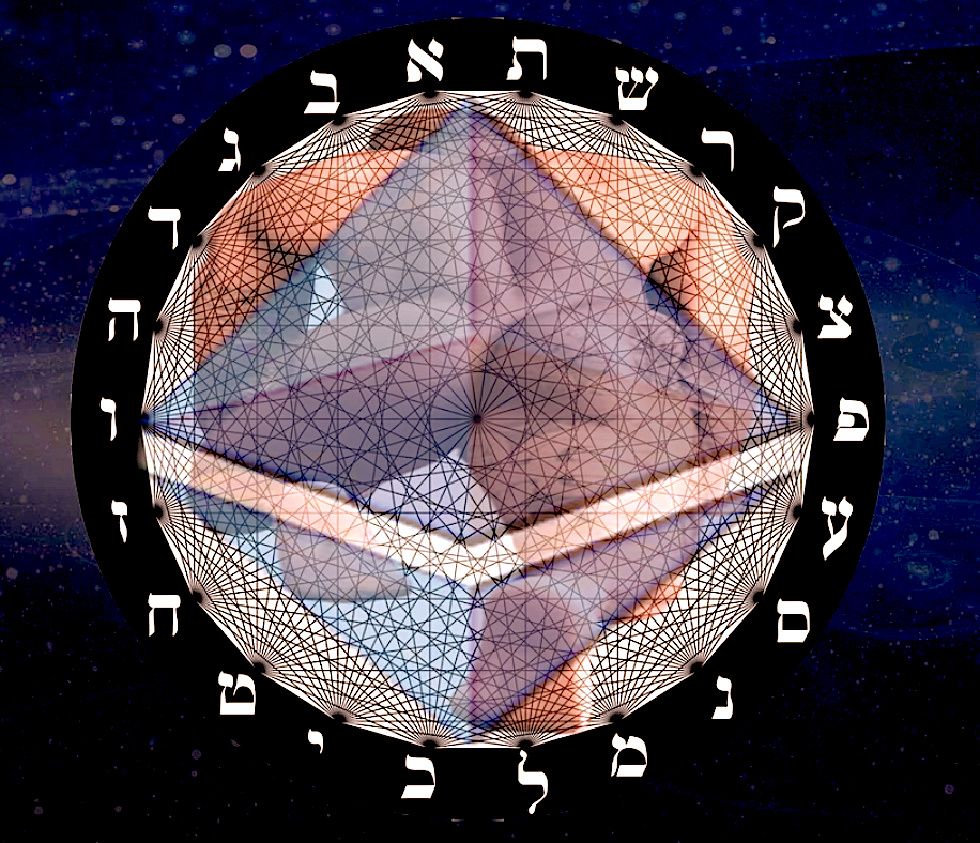

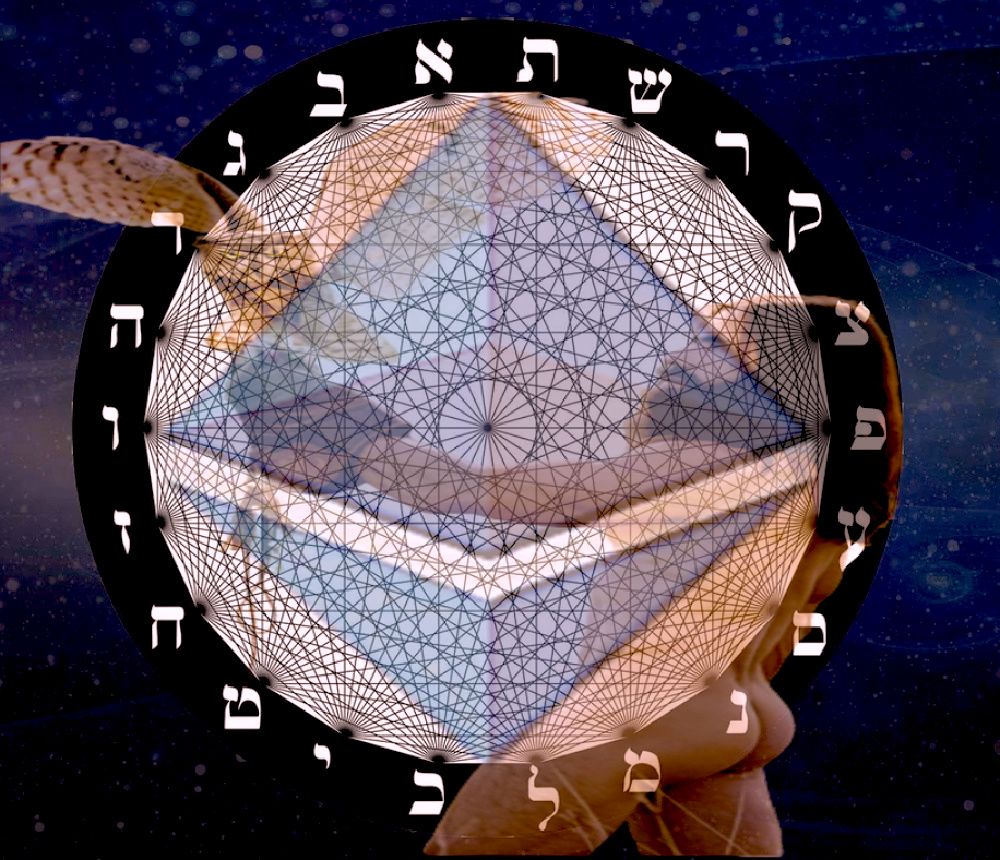
Contemporary artworks
Yet the NFT market is a rapidly growing market that has seen explosive growth since the rise of the crypto-collectibles market in 2021. However, concerns about the market's sustainability and the potential for speculation drive volumes higher than actual adoption rates.
Despite these concerns, NFTs have the potential to diversify and provide added stability to the market, opening up opportunities for mass adoption. Blockchain technology offers the perfect platform for non-fungible digital assets, eliminating counterfeiting and double-spending risks and making NFTs secure, reliable, and valuable.
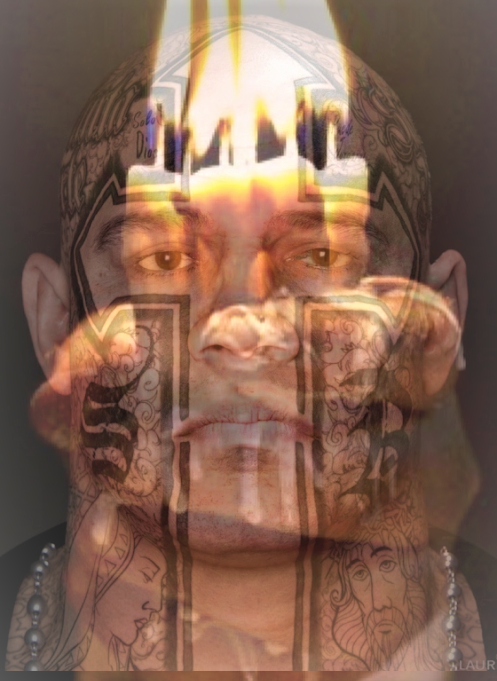
Therefore, it's clear that NFTs have the potential for further growth and evolution, especially if mass adoption occurs.
FAQ:
FAQs on "The Continuing Rise and Potential of Non-Fungible Tokens in the Contemporary Creative Arts"
1. What are Non-Fungible Tokens (NFTs), and how are they used in the creative arts?
NFTs are unique digital assets stored on a blockchain, representing ownership of digital or physical items like artwork, music, videos, or collectibles. In the creative arts, NFTs provide artists with a way to tokenize their creations, ensuring authenticity, provenance, and royalties on secondary sales.
2. Why has the NFT market grown so significantly in recent years?
The NFT market, which traded $23 billion and reached a market capitalization of $82 billion, has grown due to increased adoption by artists, collectors, and major brands. The blockchain technology behind NFTs ensures security, transparency, and smart contract functionality, which appeals to creators and buyers alike.
3. What opportunities do NFTs offer to contemporary artists?
NFTs allow artists to:
- Bypass traditional gatekeepers like galleries or auction houses.
- Connect directly with a global audience.
- Secure ongoing royalties through smart contracts.
- Explore innovative formats, such as immersive digital art or dynamic NFTs that change over time.
4. What challenges do artists face when entering the NFT space?
Challenges include:
- Technical barriers, such as understanding blockchain and NFT marketplaces.
- Environmental concerns related to blockchain energy use.
- Volatile market conditions.
- Ensuring their work is protected from plagiarism or unauthorized minting.
5. How are NFTs shaping the future of the creative arts industry?
NFTs are transforming how art is created, shared, and valued. They encourage experimentation with digital formats, enable artists to monetize their work in new ways, and foster community-driven platforms. These developments will continue influencing the art world and other creative industries.
6. What trends in the NFT market should contemporary artists be aware of?
Artists should watch for:
- Increasing adoption of eco-friendly blockchains (e.g., Ethereum 2.0).
- Integration of NFTs into the metaverse and virtual reality platforms.
- The rise of utility-driven NFTs, offering additional perks like event access or exclusive content.
- Expanding use cases in industries like fashion, gaming, and music opens up cross-disciplinary opportunities.
